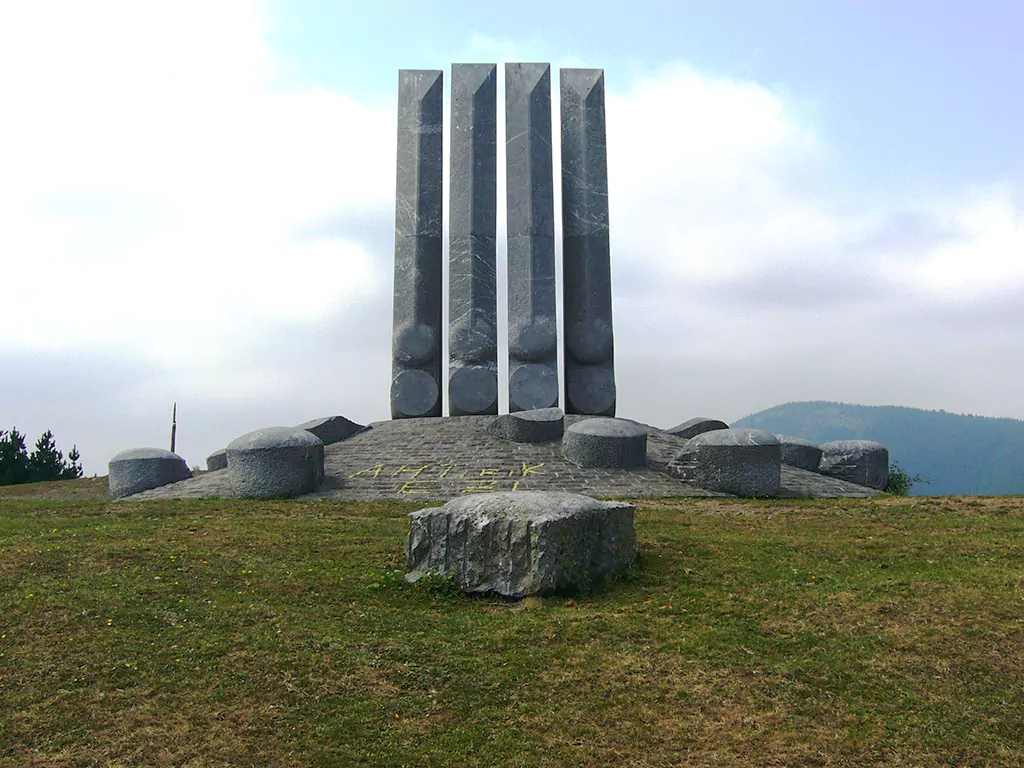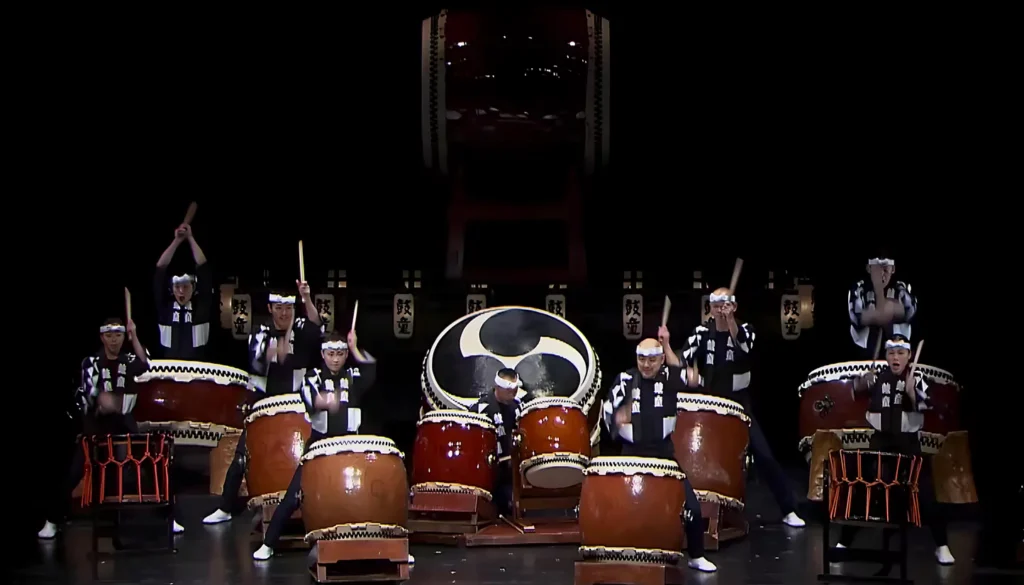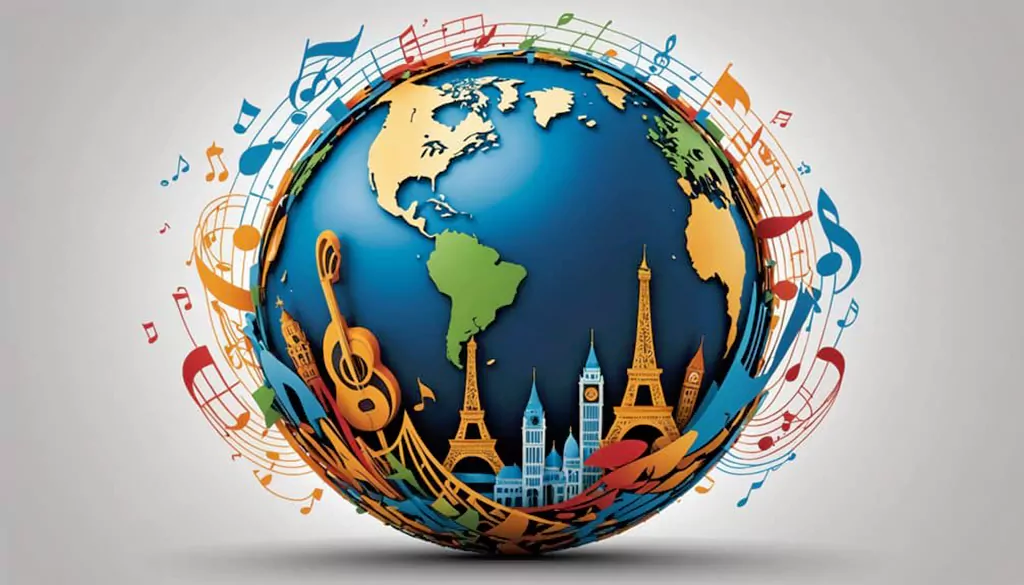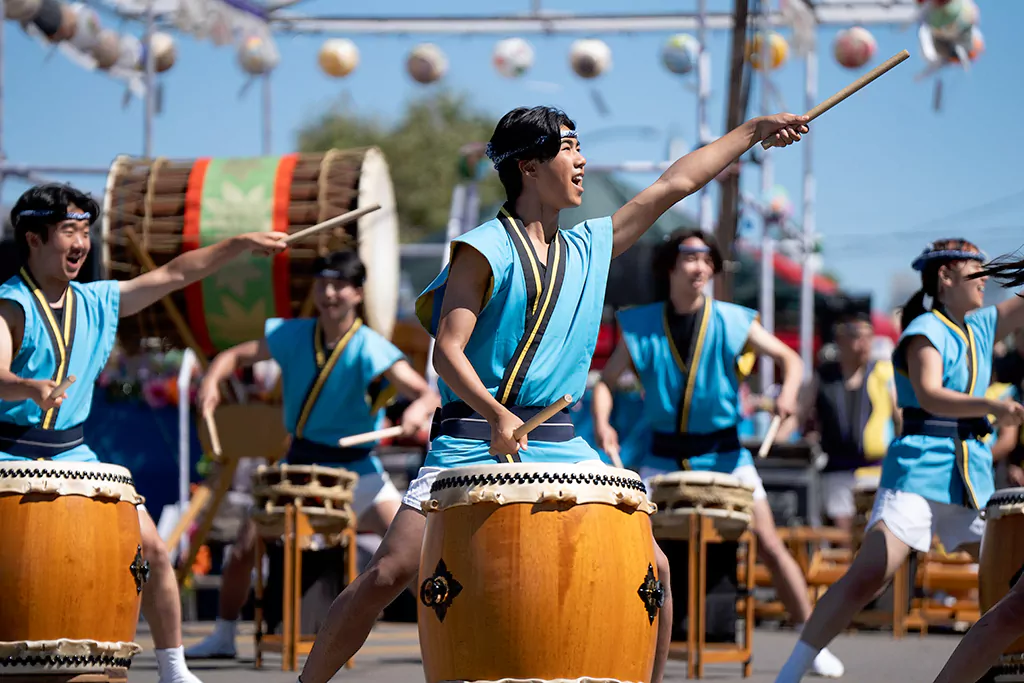At a time when our world, such as it it, little of which is comparable to our past experiences, is becoming more cosmopolitan and multilateral, the function of cultural arts to serve the course of understanding and peaceful coexistence has taken on a new significance. I want to introduce one of these arts, Taiko, traditional Japanese drumming, as a special kind of vehicle for such cultural and cross-cultural interaction. Through it powerful rhythms, exciting physical expression, and rich cultural heritage, taiko has cut through geographical and language barriers to play an astonishingly wide role in connecting people and communities in the promotion of international friendship, intercultural respect, and collaborative creativity. Drawing on examples from four taiko communities, this essay examines the potential of taiko as a bridge to cultural exchange, explores the opportunities for promoting mutual perception, and suggests ways in which taiko can serve as a model for fostering international cooperation.

Taiko – from its Origins to the World
Through the past century, taiko drumming, originally performed in Japan for religious ceremonies, community events, military communications, has evolved drastically. Through an ongoing adaptation from ceremonial contexts to professional circuits, taiko drumming has become a performing art that resonates with audiences far and wide beyond the cultural origin of the music.
In the 20th century, groups like Ondekoza and Kodo were instrumental in thirty popularizing of taiko: touring internationally and demonstrating for the world the emotional intensity and universal appeal of taiko performing. Taiko quickly became the subject of international intrigue and adoration, spawning taiko groups in North America, Europe, Oceania and every other corner of the globe. These were the developments that set the stage for taiko as a cross-cultural bridge to make its debut.
The Cross-Cultural Qualities of Taiko
Universal Language of Rhythm
The body language transcends barriers of language and culture in this primal unspoken language of rhythm. It’s a perfect format since Taiko is primarily percussive… so people can break down those barriers and experience the sound and movement in the same way.
Users who do not understand Japanese culture, or the Japanese language, can also enjoy taiko performances through the feeling of the sound of the drums. This ubiquity in taiko serves as a suitable tool in which to encourage intercultural dialogue.
Physical and Visual Impact
Part of what makes taiko so exciting is its theatrical nature of movement, coordinated striking, ritualized energy –it co in es a powerful visual for international audiences._ On the physical level itself, emotional involvement is intensified and links are formed which go far beyond those established through conversation.

Cultural Depth and Openness
Although the origins of taiko are Asia, its modern incarnation would allow for welcome, if not structural, participation from other traditions. Today, taiko is a practice of both preservation and innovation. It is this duality that allows taiko to be both (1) a cultural diplomat and (2) a social ally.
Taiko and Cross-Cultural Initiatives
International Taiko Conferences and Festivals
Conferences like the North American Taiko Conference (NATC) and European Taiko Conference (ETC) unite those who practice across lines of discipline to share techniques, stories, and cultural traditions. These gatherings emphasize:
Respect for cultural origins
Skill-sharing across borders
Networking and community-building
Workshops from Japanese masters, as well as from Japanese artists around the world, foster mutual respect and a common interest in developing our skills.
Collaborative Performances
Taiko has crossed with many musical traditions of the world, such as:
African drums (such as Djembe and Dunun)
Latin percussion (e.g., congas, cajon)
Contemporary Western Music (taiko orchestration)
Indian tabla and dance
It sets rhythm as a common ground and allows artists to inspire each other through their backgrounds.
Educational Outreach Programs
The participation of taiko in schools and exchange programs has brought educational merit. There are programs for the U.S., Canada, Australia, and the U.K. where students receive the opportunity to experience Japanese culture through hands-on drumming.
These programs:
Teach cultural history and etiquette
Promote teamwork and listening skills
Foster empathy and intercultural understanding
“When students are exposed to traditions that are beyond their own, beyond just thinking globally, they start adopting a global mindset.” Appelmann says.

Taiko in Multicultural Societies
Through the performance of taiko, in multi-ethnic countries it has emerged as a symbol of diversity and identity. For example:
North America: Japanese American communities adopted taiko as part of the reclamation and sharing of their culture post-World War II. Groups like San Jose Taiko were on the cutting edge of inclusive taiko styles, allowing non-Japanese people to play while respecting tradition.
Brazil: The sizeable Japanese community in Brazil employs taiko at festivals in order to bridge generations and share their heritage with the wider Brazilian community.
New Zealand: Taiko is used by both Māori and Pākehā, in attempts at cultural fusion through education and the arts.
These are illustrations of how taiko can play a powerful role to uplift communities of minorities, but also to create culturally rich national landscapes.
Bridging Generations and Communities
Taiko’s communal nature also makes it a powerful means to bring together, if not cultural differences, at least generational and sociological ones. Families who drum together maintain strong bonds between generations, and intergenerational groups provide continuity across the generations of a culture.
Performing units are commonly made up of people from all types of backgrounds. Whether engaged in the art in rural Japan or urban Chicago, taiko builds cooperation, respect, and emotional nurturing.
Challenges in Cross-Cultural Taiko Practice
At the same time this global embrace of taiko might be “a positive, a very positive thing,” the worldwide dispersion of taiko also poses some significant questions.
Q: Cultural Appropriation vs. Appreciation How do non-Japanese, non-Asian artists engage respectfully in taiko performance without misrepresenting or commodifying the art form?
Tradition vs. The New: How do groups reconcile the preservation of taiko with incorporating it into institutions and places where it may not belong?
LANGUAGE Barriers: How to transfer higher instruction (like classical philosophy and manners) trans-lingualy?

This debate must be continued among taiko communities around the world. For many groups, solutions include bringing in guest instructors, studying taiko history and trying to continue relationships with Japanese teachers.
Case studies: taiko as a cultural bridge
Case 1: Kodo’s International Connections Kodo is one of Japan’s most high profile music organizations.
For much of its existence, Kodo — among the most famous of the world’s taiko groups — has also placed a heavy emphasis on cultural diplomacy. Many of their international tours involve teaching workshops, artist exchanges, and intercultural work. Kodo’s slogan is “One Earth,” a guiding principle to bring the world together through the beat.
Case Study 2: San Jose Taiko and Cross-Cultural Interaction
“Cultural pluralism” in taiko began with San Jose Taiko. The members come from different ethnic backgrounds, and their repertoire incorporates Japanese rhythms and is influenced by jazz, African drums and hip-hop. Their method has served as a reference to countless multi-cultural groups around the world.
Case Number 3: The Taiko Festival in Europe
The annual European Taiko Conference creates networks of taiko players in Europe. It’s about inclusivity, respect for Japan’s roots, intercultural understanding. German, French, British and other taiko drummers swap techniques, meals and anecdotes — establishing a European taiko family.
Taiko in service of peace and diplomacy
Taiko, as it is a non-verbal media, can defy political and ideological boundaries. At international summits, peace conferences and interfaith gatherings, performances show taiko’s potential, as a symbol of unity and shared humanity.

Projects that bring youth from conflicted areas together — like Israeli and Palestinian teenagers sharing drumming — use taiko as a way to build trust and create dialogue. All of that slows down in initiatives like this, in which rhythm can link hearts even when words cannot.
Taiko in the Future of Cross-Cultural Exchange
As taiko continues to expand internationally, its use as a bridge will deepen. Promising directions include:
Virtual exchanges connecting taiko groups around the world for online workshops and collaborations.
Works in which taiko is combined with dance, theater, and new media in a variety of cultural contexts.
Study and documentation of the evolution of taiko around the world, so those stories and inspirations are captured for posterity.
With initiatives like these, taiko can continue to be one an anchor of a culture, and one of its richest sources of creative force: grounded, and still very much open to the world.
Conclusion
Taiko is music, but it’s more than that—it’s a living, breathing art form, one that transcends borders, backgrounds, and beliefs. Its rhythms are universal, its physicality transcends the written word and its history is one of resilience and renewal. With the ringing sound of taiko resonating the world over, taiko has become a bridge that connects people of different cultures, and a model of mutual respect and creative cooperation. In a world struggling for unity through diversity, taiko is not just a performance, but it is a way towards peace and friendship.



